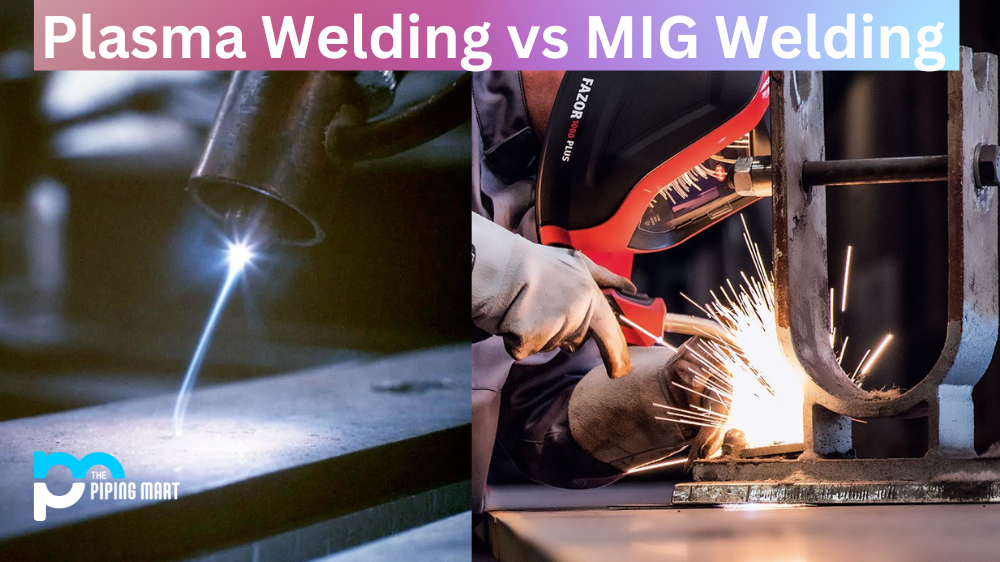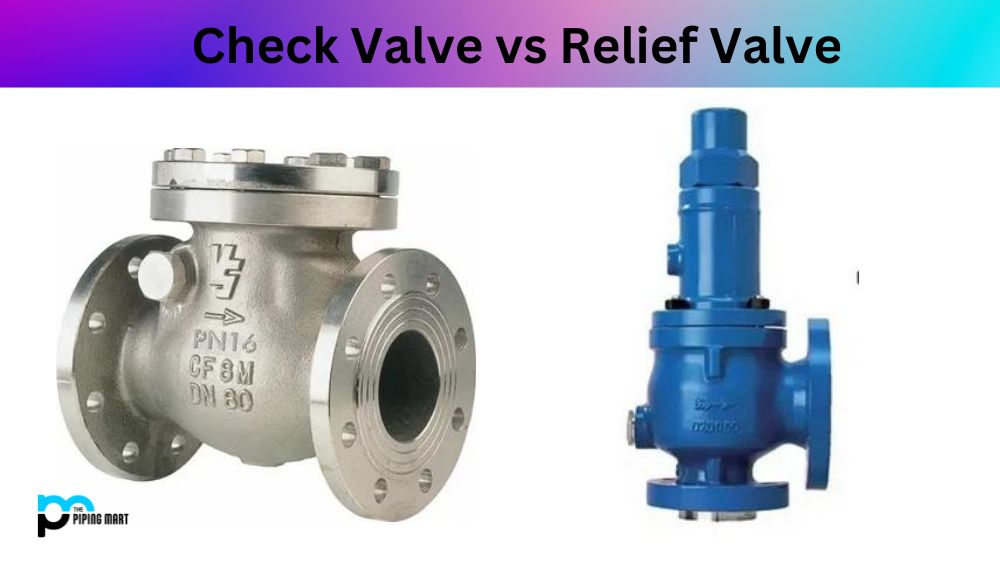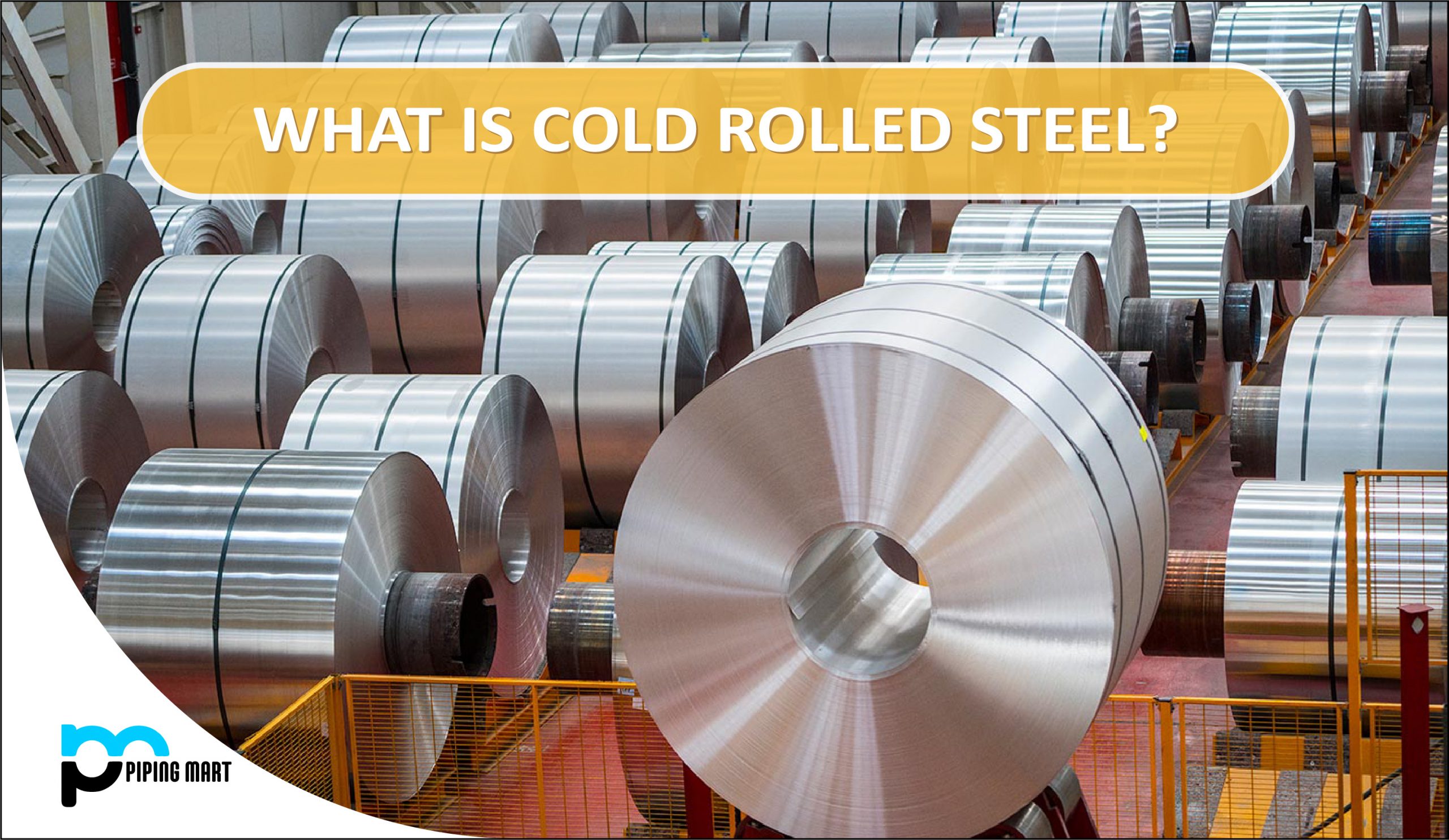If you are planning to do any type of welding, you may have heard about both plasma welding and MIG welding. Both methods are used in a variety of settings, from home projects to large industrial jobs. But what is the difference between them? Let’s take a look at the differences between plasma welding and MIG welding.
Plasma Welding
Plasma welding is a type of process used to join two pieces of metal together using an electric arc. The arc is created when electricity passes through an inert gas, such as nitrogen or helium, that has been compressed within the weld chamber. This gas creates a high-temperature plasma arc that melts the edges of the two metals being joined, allowing them to be fused together. The advantages of plasma welding include its ability to produce stronger welds with fewer defects than other types of welding processes. It also provides greater precision and control over the welds due to its higher heat output and faster cooling rate compared to other methods.
MIG Welding
MIG (Metal Inert Gas) welding is another popular method for joining metal parts together. It uses an electric arc which is generated between two electrodes connected to an electric current source. A wire electrode made from steel or aluminium alloy is fed into the weld chamber and melted by the arc as it travels along with it, forming a joint between two pieces of metal as it goes along. The main advantage of MIG welding is that it requires minimal setup time and can provide strong welds with little cleanup required afterwards. Additionally, it’s fairly easy for someone with basic knowledge of welding techniques to learn how to properly use this method safely and correctly.
Difference Between Plasma Welding and MIG Welding
- Plasma welding is a type of welding that uses a plasma torch to create an electric arc between the electrode and the workpiece. This arc heats the metal, which melts the filler material and forms a weld.
- Mig welding, on the other hand, uses a wire feeder to continuously feed filler material into the weld pool. The wire is melted by the heat of the arc, and this melted wire then becomes the weld.
- Plasma welding is generally used for thinner materials, as it can provide a more focused heat than mig welding. Additionally, plasma welding is often used for materials that are difficult to weld, such as aluminium or stainless steel
- Mig welding, on the other hand, is better suited for thicker materials. This is because the filler material can help to support the weld and prevent it from collapsing.
- Plasma welding is typically more expensive than mig welding, as it requires special equipment that can be costly to purchase and maintain. Additionally, plasma welding can be more difficult to learn than mig welding.
However, plasma welding can provide a stronger weld than mig welding, as well as a more aesthetically pleasing finish.
Conclusion:
Both Plasma Welding and MIG Welding offer their own unique advantages for different applications. When deciding which one you should choose for your project, consider factors such as cost, complexity, precision needed, the strength required, speed needed, etc., so that you can make an informed decision on which method best suits your needs! No matter which one you choose, though – both require proper safety precautions, so make sure you always wear appropriate protective gear while operating these machines!

Pipingmart is a B2B portal that specializes in metal, industrial and piping items. Additionally, we share the latest information and information about materials, products and various types of grades to assist businesses that are involved in this business.




